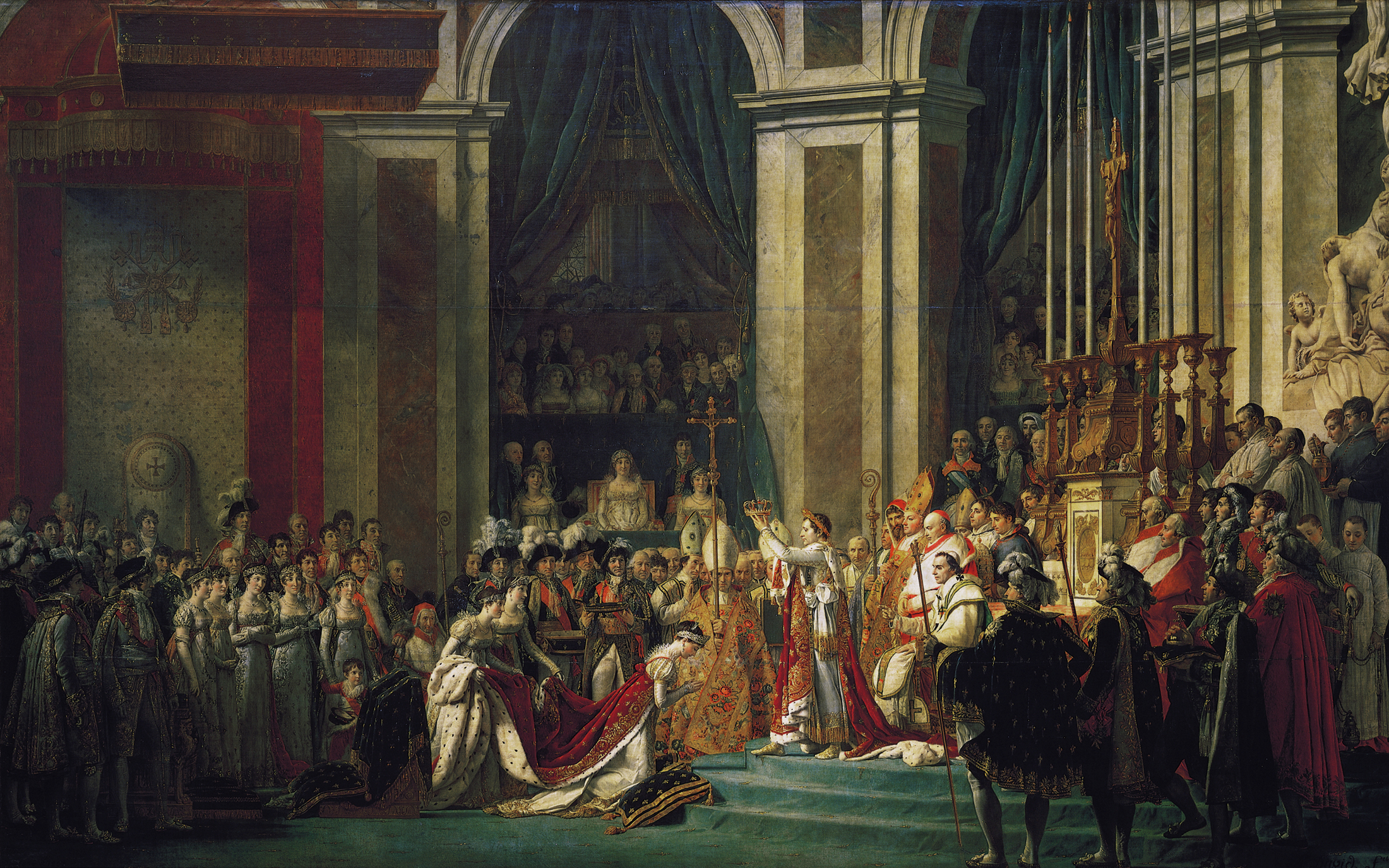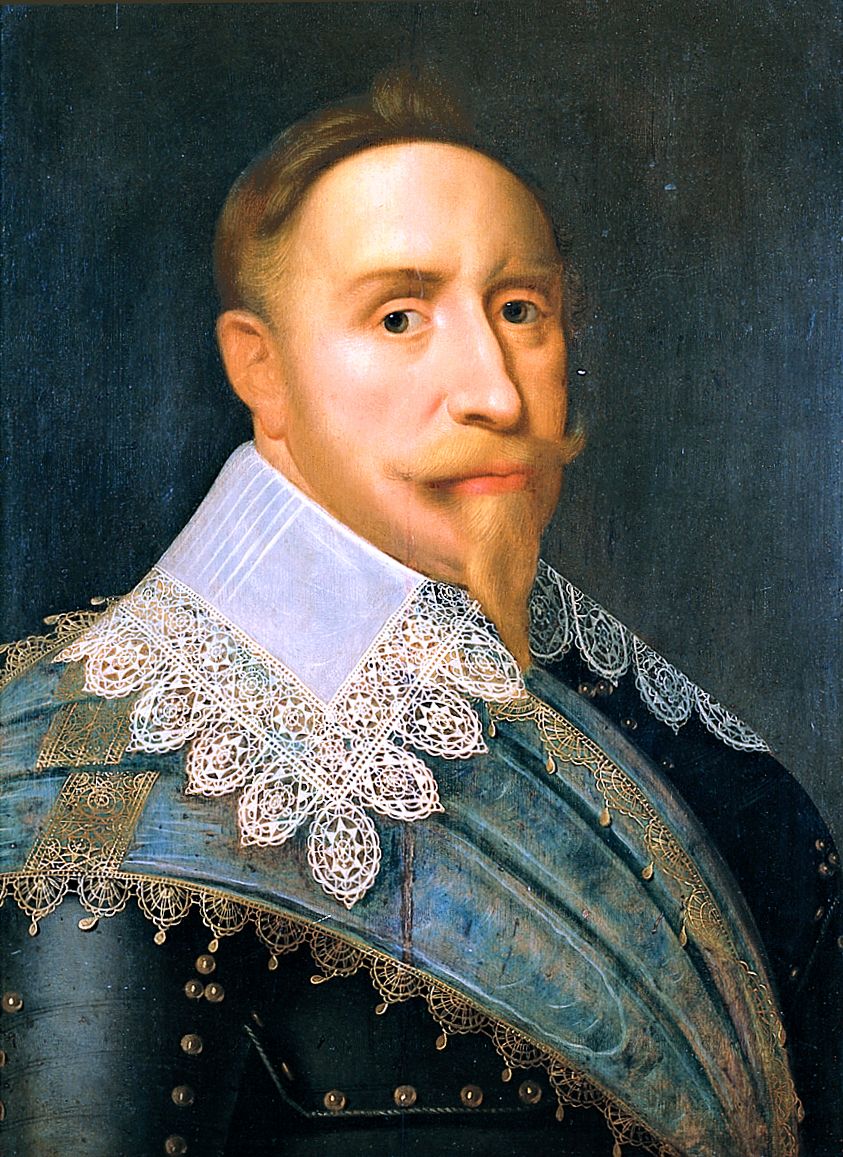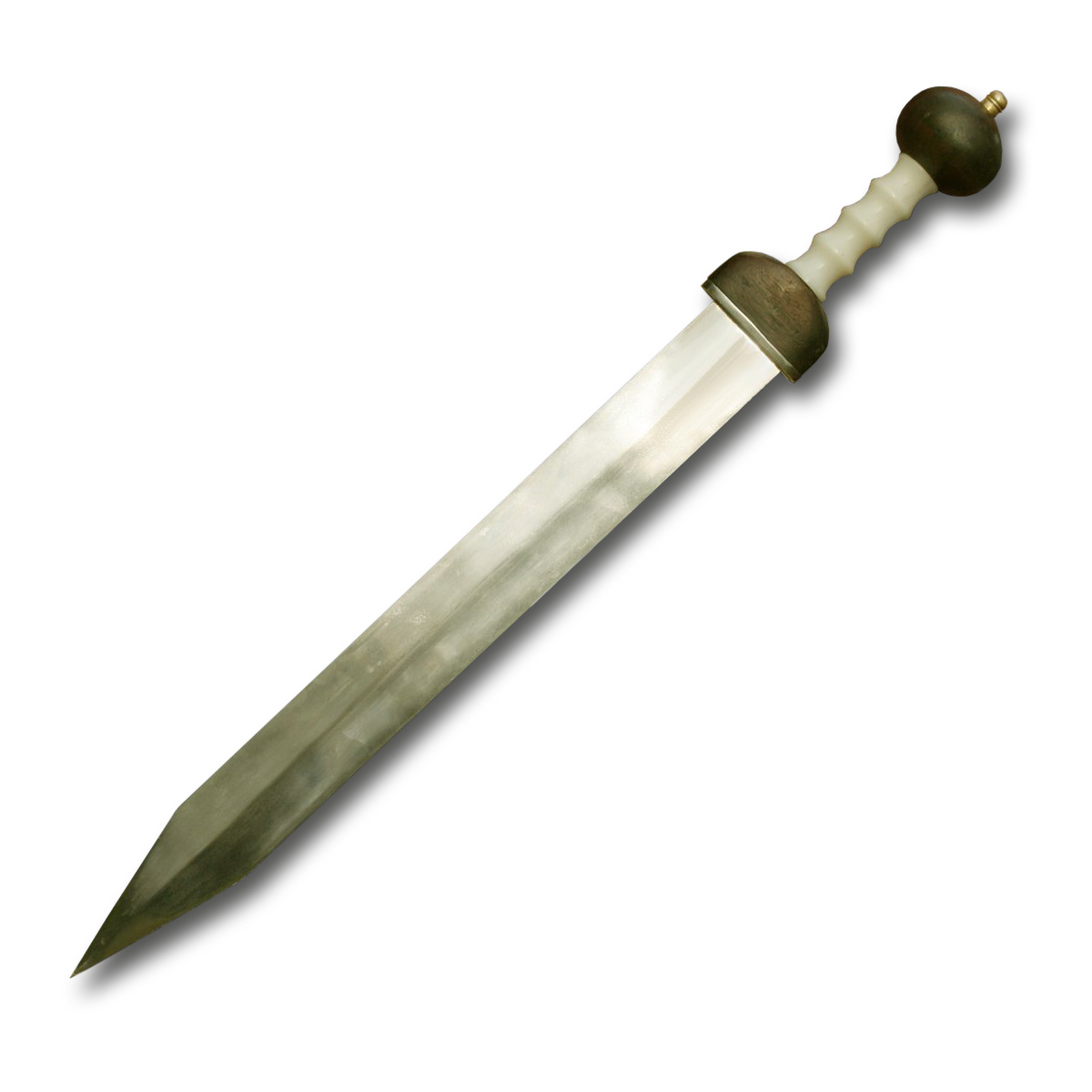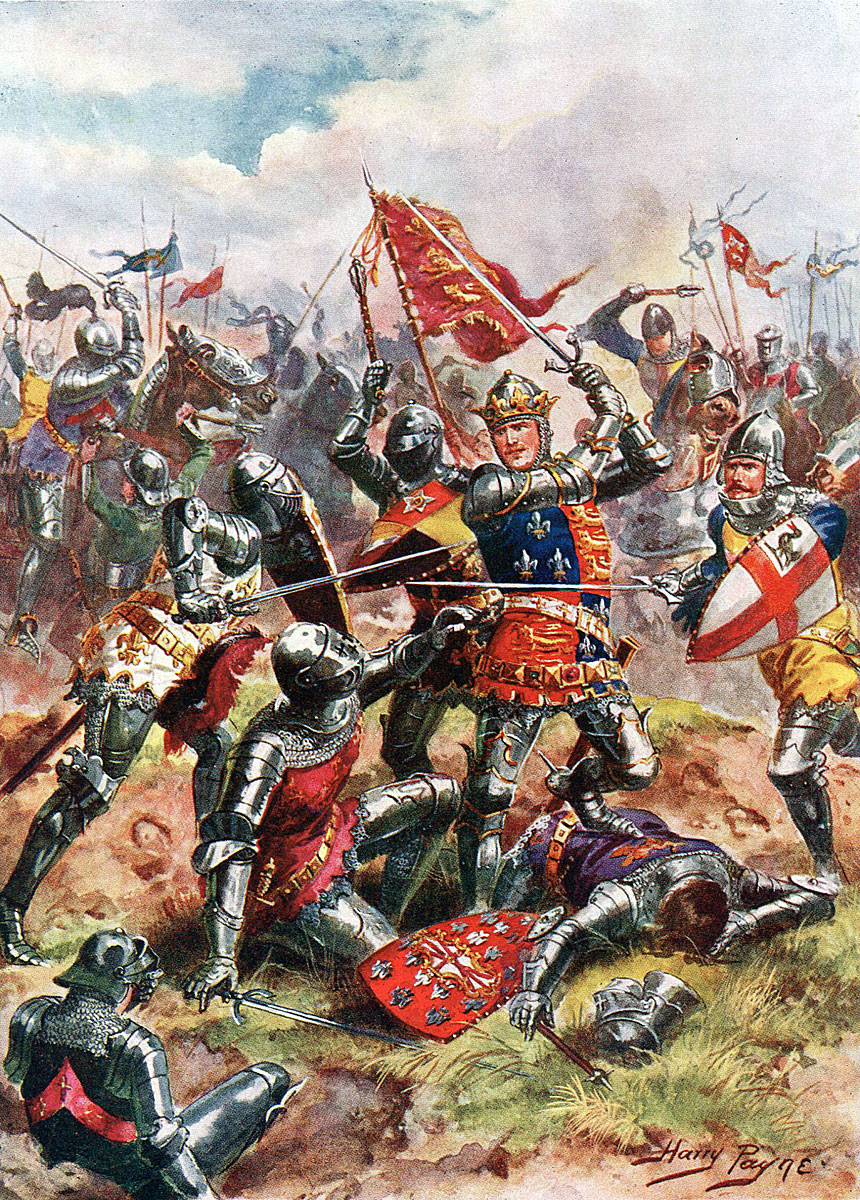A few days ago (while in the planning stages for this blog, no less), I found an
interesting critique of Sir Edward Creasy's classic
15 Decisive Battles of the World. It's stood the test of time and is basically required reading for any student of military history, amateur or professional. Subsequent authors are very much indebted to him, and my own book (which I try to write on and off, but the pains of research compounded with my serious laziness always get in the way) on the critical battles of the world is a direct descendant of his.
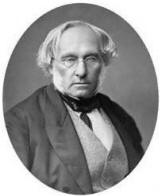 |
| Best picture I could find of him. |
While I agree with a decent portion of the list of his battles chosen, I also concur with "Never Felt Better" that it is dated somewhat, and while I'd likely include nearly all of them on a list of top 100 battles, I'm not sure I'd include them in a list of top 15.
Cutting to the chase, I'll list the battles, list Never Felt Better's reaction to whether they should be included, and my own answer to whether to the question of inclusion as well as a brief response.
1. Marathon, 490 B.C.
NFB-
Yes
Me-
Yes
This battle singularly changed the mindset of the Greeks and showed them that they could defeat the seemingly invincible Persian juggernaut if they used their troops properly. It is monumental for what it established- namely that Persian invincibility was a myth, and the superiority of disciplined Western arms over the numerical advantage of Asiatic forces, a paradigm which has more or less held true ever since. Marathon is even more important in that it prevented a Persian takeover of Greece, which would have radically altered the entire history of the world by changing Western Civilization just as it was being born. Marathon is in my opinion the most important battle ever fought by man, and it is rightly included in Creasy's list.
2. The Siege of Syracuse, 415-13 B.C.
NFB-
No
Me-
No
While this battle was definitely important in weakening Imperial Athens and irrevocably destroyed the power of its navy, setting the stage for its fall, the Peloponnesian War still dragged on for another decade. Furthermore it is far from clear that Athens could have prevented Rome's rise, as Creasy implies, should she have been successful in this siege. Athens was beset with enemies and did not seem to command the resources that would have allowed a successful invasion and conquest of mainland Italy anytime soon.
I do think that Never Felt Better understates the importance of this expedition for its time in some way, but whether it should be included on a list of top 15 most important battles is far from certain.
3. Gaugamela, 331 B.C.
NFB-
No
Me-
Yes
Gonna have to disagree with this one. Given his position, Alexander was facing disaster and annihilation if he were to be defeated in the middle of the Persian Empire's heartland. Alexander's tactical masterpiece successfully crushed the power of the Persian Empire, which, although already greatly weakened, replaced it with the richness of Hellenistic Civilization, the blending of Eastern and Western thought which would go on to profoundly influence the world's development.
Given the lay of the land, Alexander's remoteness from his natural route of supply, and his long avenue of retreat, this really was an all or nothing affair, which had he failed at, would have quashed any inroads he'd already made.
4. Metaurus, 207 B.C.
NFB-
No
Me-
Yes
Disagreeing here as well. While the Battle of the Metaurus didn't end the 2nd Punic War, it was the last significant Carthaginian offensive that could have threatened the well-being of Rome. The destruction of Hasdrubal's army shattered any hopes for a resurgence of Hannibal in southern Italy, and confirmed his position as a chronic, though manageable problem for the Romans. Given the Roman overseas offensives in Iberia and other places in the Mediterranean, it was only a matter of time before Carthage's final defeat. The fact that the Metaurus is overshadowed by Zama and Cannae is irrelevant for Creasy's purposes.
5. Teutoburg Forest, 9 A.D.
NFB-
Maybe
Me-
Maybe
I agree that this one is tricky. It permanently ended Roman attempts to occupy Germania, and thus prevented that country from being Latinised as Gaul, Iberia, and other places in Western Europe were. The effects of this on the language and culture of those countries to the northeast of the Rhine can't be underestimated. Germania would later go on to be a major source of immigrants that would plague the Empire in its latter days.
Creasy's other main argument however was that should the Elbe-Danube frontier be established instead of the Rhine-Danube one that came to be the Continental boundary of the Roman Empire, the dominion of Rome would have lasted longer than it did. The desirability of this boundary and the feasibility of occupying Germania and turning it into a profitable province has been questioned by modern historians.
While Teutoburg ranks among the worst defeats in Roman history, it did not stop the wheels of Rome from rumbling forward.
6. Chalons, 451 A.D.
NFB-
No
Me-
No
Agreed. It is far from certain that Chalons was a predictor of the socio-political makeup of the coming Middle Ages. The rapidity with which Attila's empire disintegrated upon his death in 453 suggests that there would be no lasting permanence to Hunnic hegemony north of the Danube, and that this power was of no long-term significance to the Germanic-Christian political and cultural order that supplanted Roman imperial authority after the dissolution of the Western Empire.
The victory was a strategic one, the last victory of Imperial Rome, and greatly weakened Attila's forces, but it wasn't as important as Creasy and the tradition he followed says that it was. Its inclusion on a list of the supposedly most important 15 battles in world history is therefore dubious.
7. Tours, 732 A.D.
NFB-
No
Me-
Maybe
This one is certainly controversial in the modern study of military history. While it was a relatively minor clash, the Muslims never again attempted military action in Europe north of the Pyrenees following Tours. Furthermore, the victory strengthened the position of Charles Martel and helped lead to the Carolingian Dynasty, giving Charlemagne a strong position and country to govern.
While the battle indeed sprung from a Muslim raid, had they not been firmly repulsed by the Franks, they may have made plans for actual conquest in the future. At any event, this is not what happened, and Muslim power was contained in Iberia.
For these reasons, I generally agree with Creasy's viewpoint, though whether or not I'd include it on a list of top 15 most important battles is something I'd need to consider later (and hope to, if my book goes well).
8. Hastings, 1066 A.D.
NFB-
Yes
Me-
Yes
William the Conqueror established a very strong monarchy in England in contrast to the feudal system on the Continent, radically altered the government of England and refined the Anglo-Saxon systems, gave the English language a huge makeover, established new demographics in the country, and Hastings was, as Never Felt Better says, the last notable use of Shield Wall tactics in Medieval Warfare.
9. Orleans, 1429 A.D.
NFB-
Yes
Me-
Yes
Orleans was the crisis point of the Hundred Years War. What appeared to be a hopeless cause for the French patriots was at this moment turned into a winnable war by what could only be described as a freak miracle- Joan of Arc. The French would go on to win the conflict.
Had the English and French Crowns been united as they were expected to be before the lifting of the Siege of Orleans by Joan, the entire history of the world would have changed radically. This battle, like Marathon, is one that is automatically included in any list of most important battles in world history.
10. The Spanish Armada, 1588 A.D.
NFB-
Yes
Me-
Yes
This battle is another automatic inclusion. If the Spanish had successfully landed troops in England, the history of the world again would have changed fundamentally. The champion of Protestantism at the time would have been lost, severely threatening the Dutch Revolt, and the further march toward modern democratic institutions that accelerated during the Wars of the Three Kingdoms to come less than forty years after Elizabeth I's death would not have occurred.
Oh, and there sure as hell would not have been a British Empire.
11. Blenheim, 1704 A.D.
NFB-
No
Me-
Yes
While it is indeed, largely overshadowed by another battle that will be mentioned later, I have to disagree with NFB here. Though Blenheim did not end the War of the Spanish Succession, it permanently destroyed Louis XIV's fondest hopes of French hegemony in Europe. France would not recover its position of military domination until the rise of Napoleon, and by that time Britain had firmly established itself as the greatest power in the world.
And hey, while it may not have demonstrated any new
tactical developments, it was a monumental
strategic masterpiece. As the old saying goes "'Twas a Famous Victory."
12. Poltava, 1709 A.D.
NFB-
Yes
Me-
Yes
Another one that can't really be questioned. This battle was the turning point of the Great Northern War and decided the fates of two nations. The Swedish power and prestige was irrevocably destroyed and the Russian planted in its place.
13. Saratoga, 1777 A.D.
NFB-
No
Me-
Yes
I wonder why he didn't think this one should be included. While it's true that American independence was not established by the outcome of the battle, it led to international recognition of the United States of America, starting with France. Great Britain therefore needed to divert resources that could have been used against the rebellious colonists against powerful European enemies, turning what had once been a backwater rebellion into a world war. Furthermore, the victory at Yorktown would never have been possible without the French fleet.
While it's arguable that another battle could have resulted in a similar outcome, there is one more important portion to consider- had Burgoyne been victorious, he may just have been able to join up with Howe or Clinton in 1778 to take total control of the Hudson and cut New England off from the rest of the colonies, achieving Britain's highest war aim from the start. Should such a condition have been met, it is more than likely that the American rebellion would have ended.
14. Valmy, 1792 A.D.
NFB-
Yes
Me-
Yes
While little more than a short artillery duel, Valmy protected the fledgling French Revolutionaries. By failing to crush the Revolution at its birth, the international coalition arranged against the revolutionary forces failed entirely, and not even the destruction of Napoleonic France could stop what had been unleashed in 1789.
15. Waterloo, 1815 A.D.
NFB-
Yes
Me-
No
Here's a unique one. I disagree with Creasy and NFB not because they included it, but because I believe it should
not be included on a list of 15 most important battles to the world.
Waterloo is in my opinion, one of if not the most overrated battle in history. Yes, Napoleon met his final defeat on that field, but I believe it's because of the mystique of Napoleon that the battle has been seen as so decisive, and not the fundamentals of the situation.
In reality, Napoleonic France was already crushed. It was exhausted both military and financially from all of Napoleon's wars. One in five men born between 1790 and 1795 had been killed in the course of Napoleon's undertakings, and the disastrous Russian campaign of 1812 permanently shattered his military effectiveness.
Beyond that, his enemies learned his tactics and stratagems from fighting him for so many years, and the Russians and Austrians had already mobilized a massive army to march into France and crush him. Even had Napoleon won at Waterloo, the ultimate outcome was never really in doubt.
Blenheim was far more decisive in the international balance of power as far as I'm concerned.
Conclusion:
Overall, I find myself agreeing with most of Creasy's list. The battles he chose weren't always the most famous or glamorous, but they were for the most part indeed decisive in their own ways. If we were to expand the list, to one of top 50 or 100, I'd probably find myself including even the ones I outright disagreed with for inclusion here, but they would just be ranked lower on the list.
So, what are your thoughts?
Sir Edward Creasy 15 Decisive Battles of the World Never Felt Better Critique




